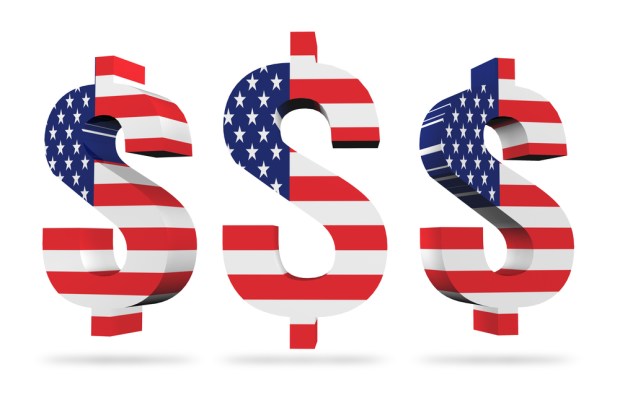Fed May Slow Hikes — But Is That A Good Thing?

Turn your attention away from the Trumpisms, the delegate counts and whether there’s really going to be a contested nomination.
Turn your attention away from the vagaries of the nomination process for a replacement for Antonin Scalia on the Supreme Court bench.
Focus instead on an innocuous Fed meeting that may turn out to be … not so innocuous.
Wednesday (March 16) gave stocks a bit of a bump on the news that there’d be no rate hike, at least imminently. But, then again, the central bank is most definitely going to push more rate increases, at some point, over the next several months.
First, the 10,000-foot view. After two days of meetings, the Federal Open Market Committee said: “Economic activity [in the United States] has been expanding at a moderate pace, despite the global economic and financial developments of recent months.”
But the fact that rates are not being boosted — at least, they had not been at the close of this week’s meeting — suggests that a storm is brewing that may be worse than any monetary policy machinations. The roller coaster that has dominated the global landscape is one that now likely brings caution to the Fed. While conventional wisdom held that rates would get a push this month, as measured by expectations at the beginning of the year, that is not in the offing now. The other piece of conventional wisdom has held that there would be a one percentage point increase. The fact that the committee now says that there is the expectation that “economic conditions will evolve in a manner that will warrant only gradual increases in the federal funds rate” and that those rates are “likely to remain, for some time, below levels” that are likely to be seen in the long term means that a real boost may be a long time coming.
That hints, possibly, at concern over a slowdown in the economy, here and abroad. Rate hikes typically come when the economy is in danger of overheating, as wages and other items see inflation and an upward spiral begins. That is not the case here as officials see inflation at roughly 2 percent annually. Stocks work conversely, roaring ahead as investors seek out returns elsewhere.
But if the hint is that the economy, globally speaking, may be just OK in terms of growth but is at risk for slipping, then the underpinning for growth (and thus stocks) may be at risk.
